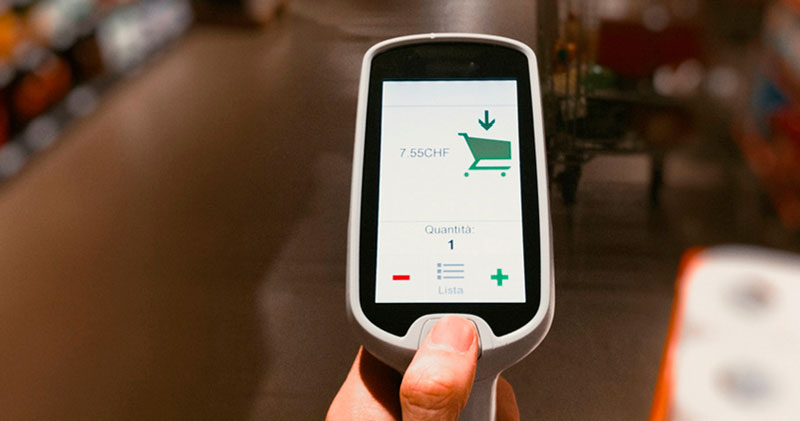
Millenials, centennials, generation T. They have new ways of accessing the information; new ways of interacting and deciding in the process of purchasing. However, what most business stakeholders overlook about this scenario is that people belonging to any of these groups will be leading the new generation of store purchasing as managers, executives and directors, and they’ll transform regular brick-and-mortar stores into a new form of business, more closely related to their new ways of behaving.
Trends indicate that most retail store staff members will reduce up to a whopping 40% less of their work time spent in administrative chores and back-office managing, investing it instead into the development of new, more client-oriented skills’, which will end up improving the in-store shopping experience for new clients.
This represented a commitment to major changes throughout the whole industry; a change to which most of today’s retailers have abided to, encouraged by the development and implementation of e-commerce as an important business channel. These changes also translated into lots of new, broadly detailed sets of customer data that they can use to develop business strategies.
One thing is for sure: in the future, supermarkets won’t stand out against their competitors by having the most beautiful aisles or the most neatly organized product displays; They’ll evolve into social spaces in which the customers will be able to interact with the products, taste them, try them, compare their specs and learn how to use them. The average in-store shopping experience will add up to an already-begun online purchase, in which the customer will add a few more products to their cart and then go to an express check-out station, leaving behind long product-filled aisles and replacing them with new, more interactive displays and counters.
The keys of future success in retail will base upon the following:
- Retailers will be required to have tools that would allow them to combine both online and in-store purchasing quickly, while the customer is in the store. Inventory and stock availability info in real time will be imperative.
- Product re-stocking and buying procedures, which currently are done manually in most cases, will have to be automatic and based upon sales and seasonality, with predictive capabilities.
- These changes will reflect into less staff time invested in administrative and back-office activities, which will allow the managers to focus more into developing strong customer relationships and developing better in-store purchase experiences.
Since 2015, RetailApp anticipated to these changes. Many of the recommendations you have read in this paper will be available to apply today by using our platform. RetailApp will give you the set of tools that will allow you to begin those changes and setup you retail stores into the future. Find out all the features and capabilities of RetailApp by reading our brochure.
